If you’re starting to wean your baby, you’ll want to make sure you choose the right baby spoons for weaning. Well don’t worry, we have everything you need to know about baby spoons for weaning, all in one place! Read on to find out more about which utensils you should and shouldn’t use for your baby, as well as the differences between silicone and plastic spoons.
Weaning should be a really positive experience for you and your baby. You may need to spend some time to work out which type of weaning best suits you and your family, whether that’s Baby Led Weaning or a more traditional weaning route. Firstly, you’ll want to make sure that your baby is ready to wean. There are a number of simple signs that you can look for that will help you determine this; whether they’re showing an interest in food, whether they sit up well enough to have head control and other simple signs. If these are all in place then it’s time to dive in and get weaning!
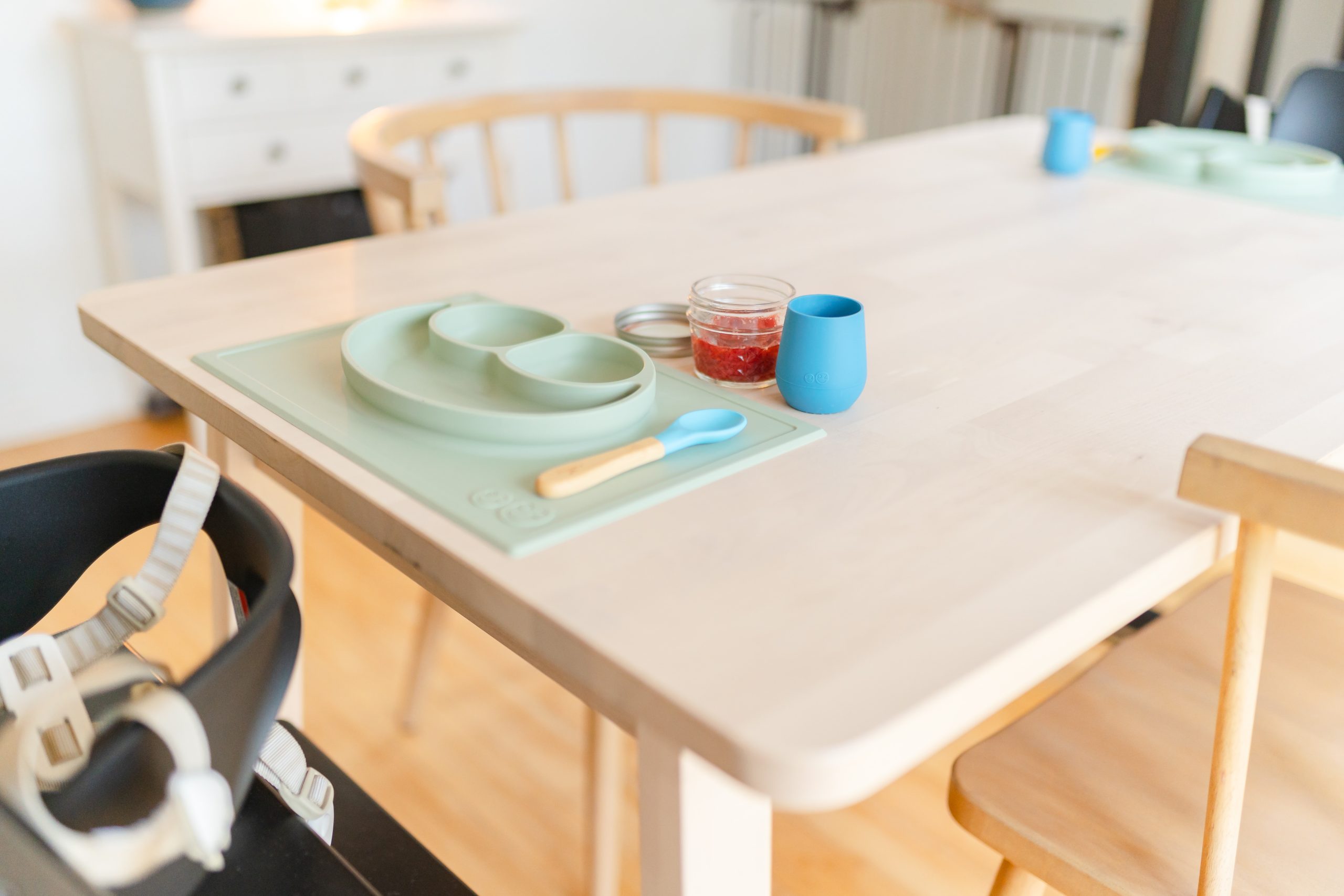
Do Babies Need Special Spoons?
No, babies do not need special baby spoons for weaning or once they are weaned. However, using a specialised baby spoon may make it a more comfortable and easier experience. Why? Baby spoons are designed to be more ergonomically designed for little hands, making them easier to grip and control than regular adult cutlery. It’s also going to be safer if they’re biting down on a softer baby spoon than on stainless steel. Remember that you’re likely to need to take baby spoons out with you whilst weaning so having specific ‘baby spoons for weaning’ can take the pressure off you losing your own household cutlery when out and about!
When Should A Baby Start Using A Baby Spoon For Weaning?
Your baby can start using a spoon from the moment they start weaning. For most babies, it’s recommended that weaning starts on or after they’re six months of age, preferably once your baby has started to show signs that they are ready to wean. If you start giving them a spoon at 6 months, be aware that they are unlikely do more than wave it around! If you’re baby led weaning, you may choose to pre-load spoons, a practice where you put the food on the spoon and pass it to your baby to put it in their mouth. Around 10-12 months, your baby should start using a spoon properly, it will still be messy but they should start to grasp the concept of utensils more.
What Spoon Is Best For BLW (Baby Led Weaning)?
We’ll cover more in-depth information on what spoon is best for BLW in another post but in general, we found that a silicone spoon is best for BLW (Baby Led Weaning). This is especially true whilst they’re learning hand-eye coordination and how to handle utensils. A silicone baby spoon for weaning is a little more forgiving and tends to have a larger spoon head to it, making it easier for them to pick up foods and softer when putting it into their mouth.
Once they’ve got to grips with utensil control, you may find switching to a more rigid plastic spoon allows them to feed themselves more efficiently as the plastic spoon head won’t bend when they apply pressure to it – such as putting it in a yoghurt pot. You may also find that you can switch to stainless steel cutlery at this point as well.
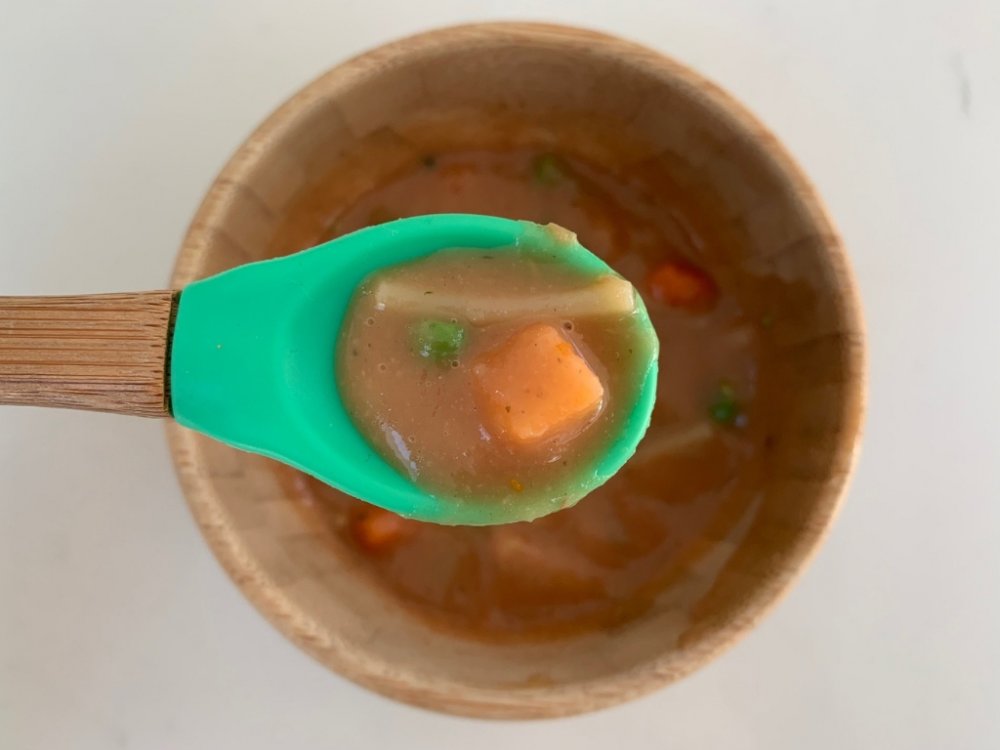
Is A Plastic Or Silicone Spoon Better For Baby?
When choosing the best baby spoons for weaning, you’ll have to make a decision between plastic or silicon, but is a plastic or silicone spoon better for baby? Plastic spoons tend to be more rigid, whereas silicone is softer and often paired with a wooden or more rigid handle. If your child is likely to bite down on the spoon, a silicone spoon is likely to be more comfortable for them.
We’ve found that our children have preferred to use a plastic spoon when they’re comfortable self-feeding and less likely to jab themselves in the cheek, whereas a silicon spoon has been more suitable when they’re learning. However, a lot of it is personal taste – neither is better for baby!
Why Not Feed A Baby With A Metal Spoon?
Should babies use metal spoons? Babies have very sensitive gums and mouth, which means that a metal spoon may be too hard in their mouths. Babies tend to bite down on spoons especially if they are teething, and if they’re baby led weaning, they may end up jabbing themselves with the spoon trying to get it in their mouth. Instead, we recommend using a softer material spoon when your baby is learning and then switching to a metal spoon when they’re a little older, say around 18 months.
Why Do Babies Use Silicone Spoons?
Babies use silicone spoons because they’re a softer material, making your baby less likely to hurt their mouths and gums when feeding. Silicone is easy to clean and is well suited to baby spoons!
When Can You Stop Sterilising Baby Spoons For Weaning?
You should sterilise all utensils, bowls and bottles until your baby is six months old. Once they’re older than six months, you can stop sterilising spoons, other utensils, bowls and plates, just make sure that they are clean. You should continue sterilising bottles until your baby is atleast 12 months old. You can sterilise your spoons, bowls, plates etc using either hot water or cold water sterilising.
How Many Baby Spoons Do I Need?
As we mentioned earlier, you don’t need baby spoons for weaning however, if you’re choosing to use them (we recommend it) then we’d suggest atleast 3-4 baby spoons. This will allow you to use them without needing to wash them up every time. We tend to keep one in the day bag for use when out and then a couple at home that can be used throughout the day.
If you tend to use a dishwasher then you may wish to have a couple more so that you have plenty between washes. Remember that babies tend to throw spoons around so it’s quite likely that you might need more than one for a meal!
Looking for more information on weaning? We share some of our favourite weaning recipes, including our ever popular pinwheels. Check them out if you’re weaning.

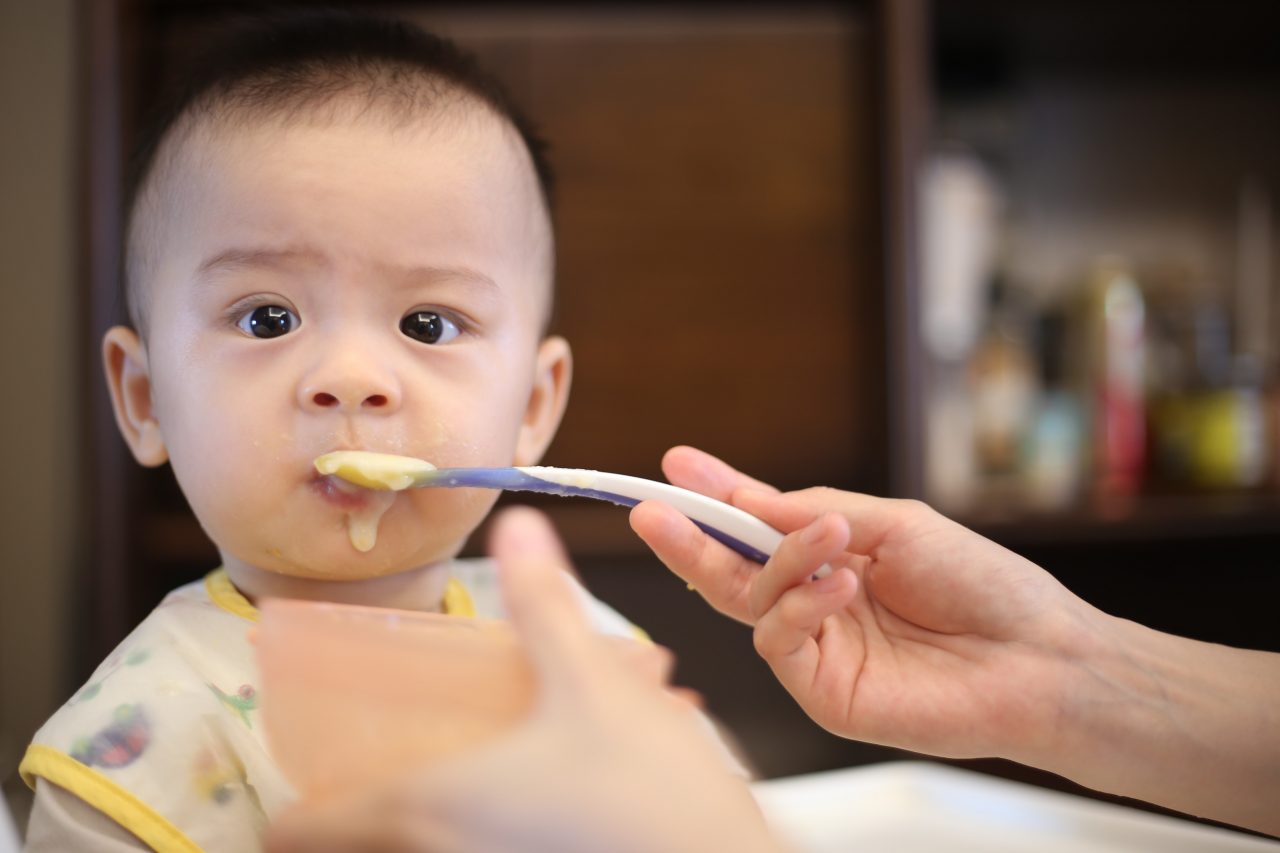


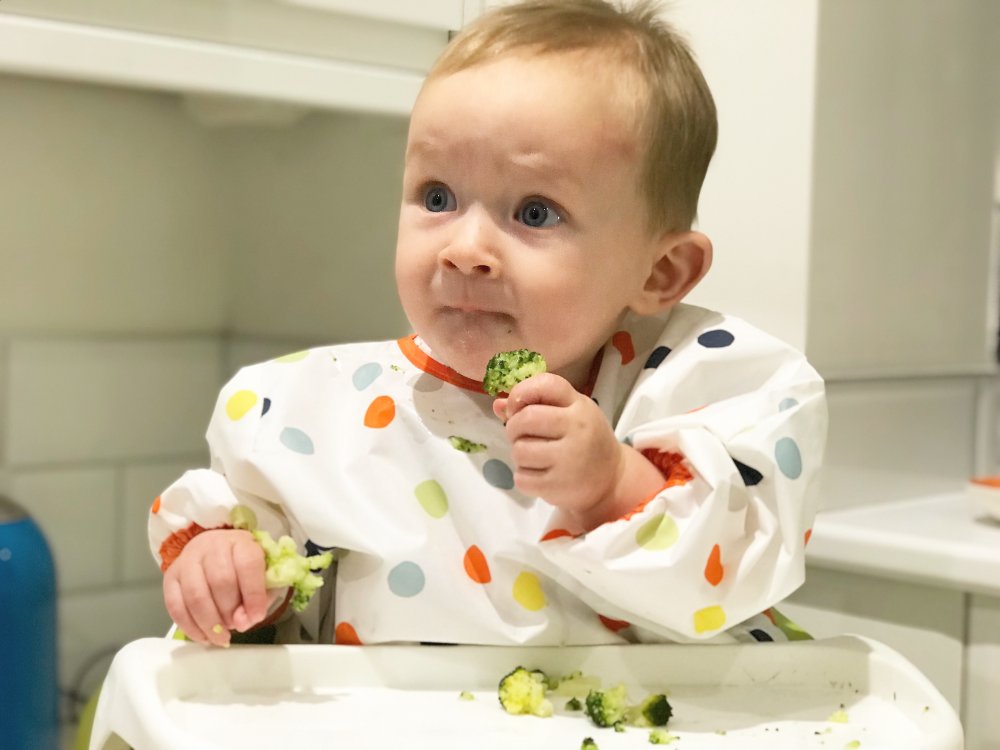
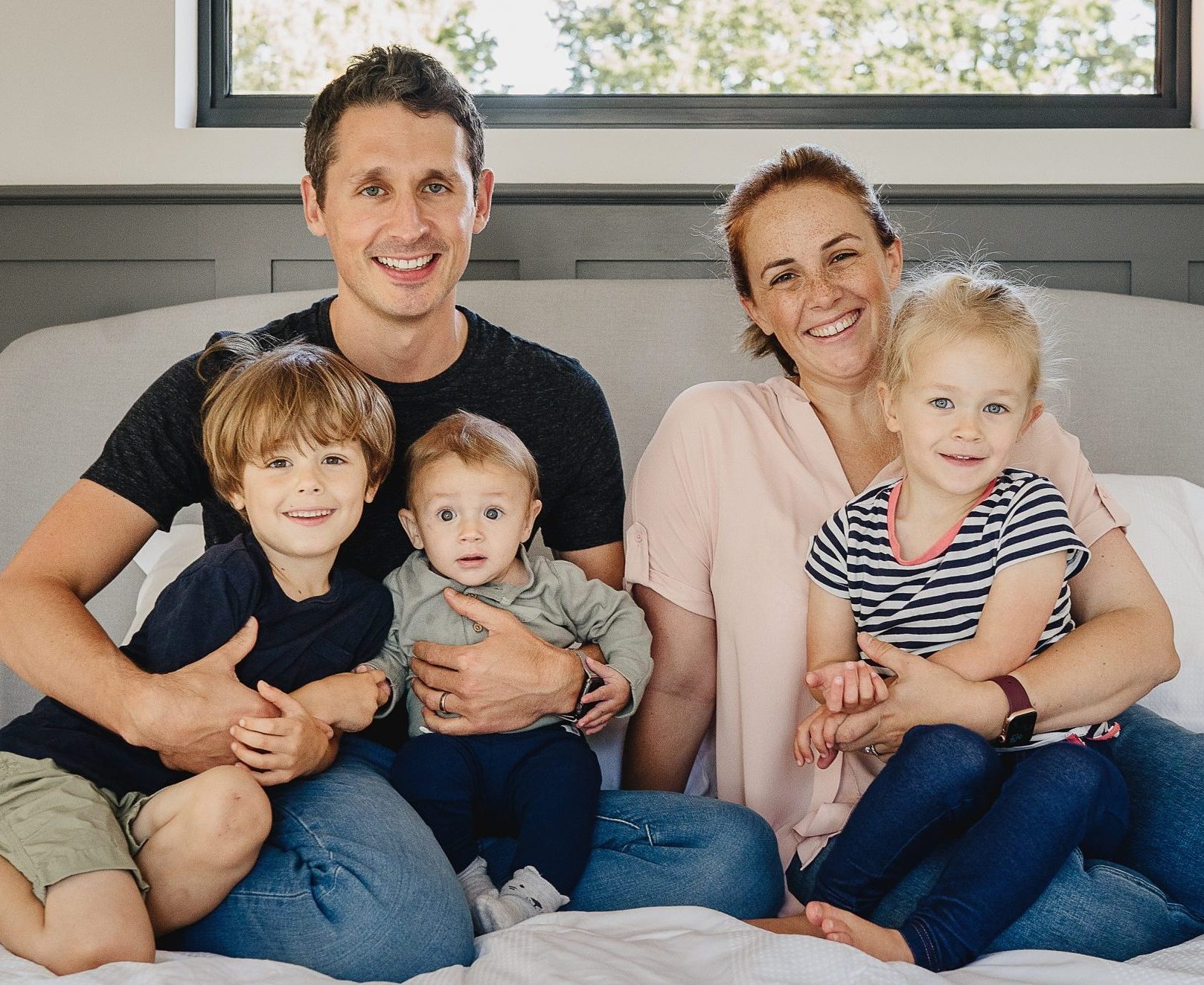



No Comments